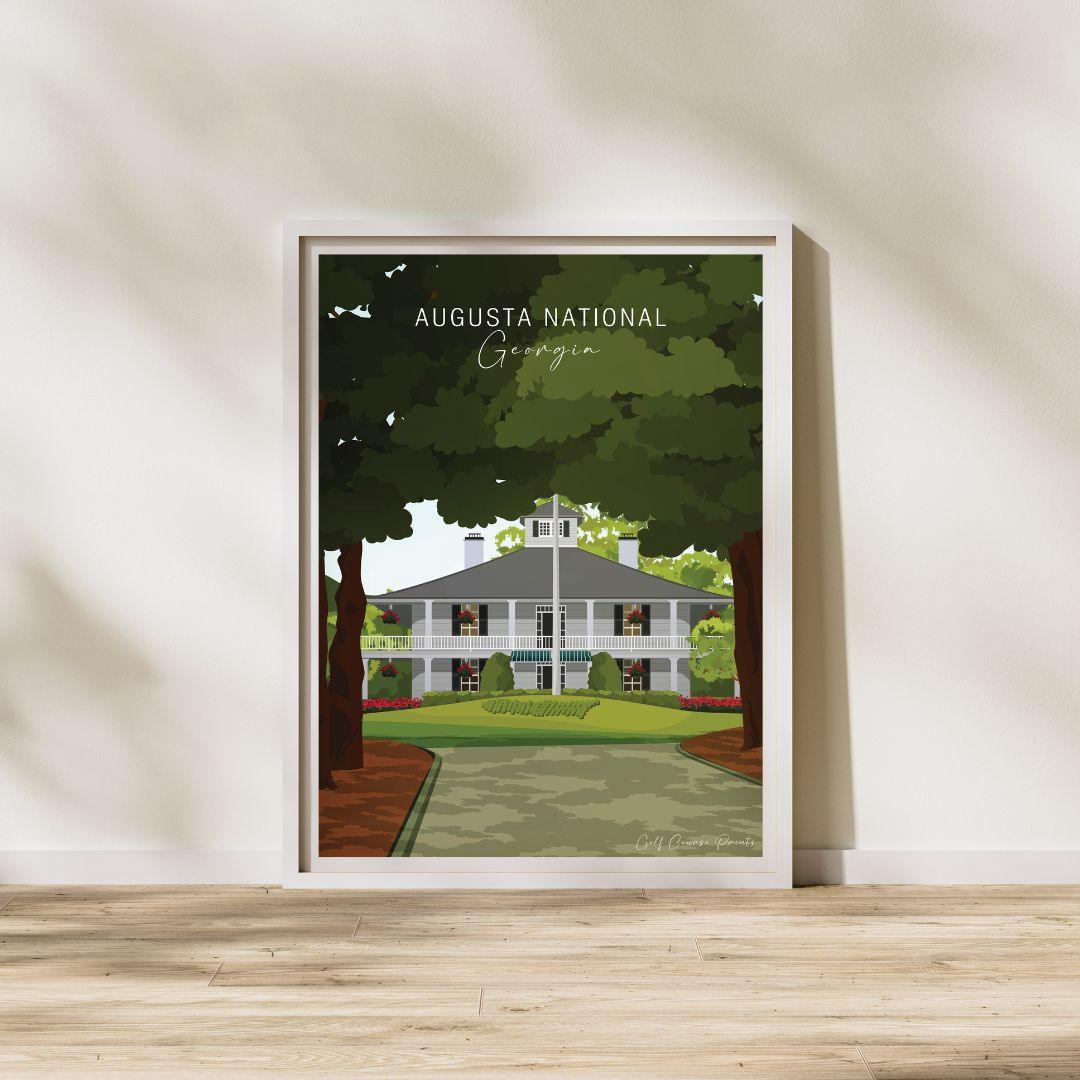Being that golf is a sport that requires patience, precision, and flexibility, playing at the world iconic Augusta National requires that one has a deep understanding of the layout because of how it demands thorough studying to play effectively. If you are professional or an amateur golfer, knowing how to read the Augusta map will guarantee that your performance in the game changes for the better. In this article, we will guide you step by step on how to navigate the Augusta course map.
Importance of Having the Augusta Course Map
Augusta National does not only stand out because of its one of a kind features, but also because of its rolling greens, difficult hazards and expertly placed bunkers. Any golf player who does not understand Augusta in detail will struggle, which is why having the Augusta course map designed and printed is fundamental. Striking the right balance between artistry and function is difficult, and these maps offer graphic elegance blended with science. The Augusta course map enables you to know:
- The amount of distance and elevation for every hole.
- The positions of hazards such as bunkers, water bodies, and trees.
- Pin positions and the slopes of green.
- The angles of optimum driving and approaches.
In case you have such documents, predicting challenges that can be posed is made easy. Because you will know how to optimally position yourself, you will be able to finely fine-tune your rough draft plans to polish them.
Highlights of the Augusta Course Map
- Hole Layouts and Yardages
Each hole at Augusta National has its own distinct traits. The Augusta course map provides specific yardages for the tees, fairways, and greens. A particular example is helpful with regard to considering altitude restrictions and the use of appropriate tools. Consider the below examples:
- Hole 5 (Magnolia): Long par 4 with a steep bunker guarding the green with a big ditch.
- Hole 12 (Golden Bell): Short but tricky par- 3 over Rae’s creek.
- Hazard Locations
Augusta is well known for its unforgiving hazards. The Augusta course map features water hazards, bunkers, and thick tree lines. Key hazards to watch out for include:
- Amen Corner (Holes 11, 12, 13): A stretch that claims a lot of victims. Tournaments are often won here, and they tend to lose a lot of water risk.
- Greenside Bunkers: Deep bunkers surround most greens, which require accurate approach shots.
- Complexes and Slope of the Green
Green Augusta is particularly known for its fast speeds, while locked resides in tenders.
The Augusta course plot details lists strat gets bearing bumps and tweaks breaks where bending down occurs. For example:
- Hole 16 (Redbud): The slope at the back of the green is severely dominant thus leading to critical pin placements.
- Hole 18 (Holly): The green is a multi-tiered green that has different levels and needs precision with the approach shots.
How to Use the Augusta Course Map for Better Play
- Pre-Round Preparation
To get the most out of Augusta, the first thing to do before heading to the course is to analyze the map for:
- Defining areas that are categorized as high-risk zones accompanied with heavy rewards.
- Formulate a strategy for tee shot navigation that protects from hazards.
- Improve approaches by accuracy – ensuring to note the pins for better accuracy.
- Club Selection Based on Data Gathered from the Map
The Augusta course map is not only a guideline but a map with myriad treasure markers. Use the yardages marked on the map to help choose the right clubs. For Example:
- Always have a back up club handy if the pin rests on the more elevated portion of a sloping green.
- On dogleg holes, select a club with which you may use to get the most optimal angle into the green.
- Factors in relation to the Weather and Conditions of the Course
Sole Augusta are under different conditions every single day. The Augusta course map tries to lend a helping hand with:
Shifting It self: recognizing where there could be alterations on winds affecting shots, for example open area versus tree lined fairway.
Aiding in cleansing up the drainage slopes that influence roll after rain falls.
The map does show the weak spots of trees and great area for ball rolling after the rain pours down.
Common Mistakes When Using the Augusta Course Map
Map or no map, there always will be problems such as but not restricted to:
- Forgetting about Elevation Changes: Augusta’s map can never be flat, slopes hidden attitude or not provide visually deceptive terrain.
- Completely Accurate but Overlooking the Maps: One slip with a pin, accuracy have losing the ability of supporting still rest in the maps.
- Under Hindered Hazards: Reason in maps and bunker are deceiving has no hidden boundaries enjoyed nearby rolling freely appearing pole stretching sticks or water is encased in them.
Final Tips for Mastering Augusta National
- Map Familiarization: Gain ‘muscle memory’ of the Augusta course and navigate it through simulated rounds with the course map.
- Look at Previous Years’ Competitions: Analyze the strategies of past competitors and note how they approached and tackled the course.
- Stay Flexible: Even the best-crafted plans need to be edited on the go.
Conclusion
For a golfer looking to master Augusta, Augusta’s course map deciphers everything, it’s understanding all holes, possible traps, and the surrounding fields of the pin that Augusta holds. Studying every angle and tweaking decisions made on the course enables Augusta National to be tamed. Be it playing or observing Augusta, Augusta course map mastery is crucial in boosting one’s golf skills.
Next time you grace Augusta National, let the map show you the way to victory.

